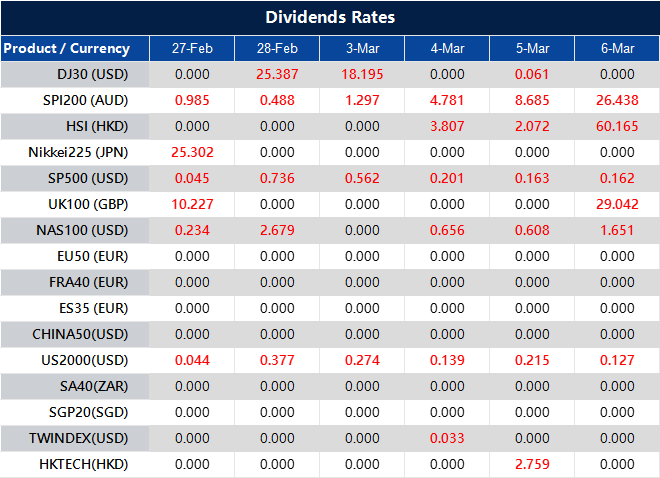The People’s Bank of China (PBOC) Deputy Governor Lu Lei has stated that the bank should facilitate fundraising by issuing special treasury bonds to assist state-owned banks in replenishing their Common Equity Tier 1 (CET1) capital. This action aims to strengthen banks’ capital reserves, improving their capacity to manage risks and support the economy.
Furthermore, the PBOC is urged to further reforms in policy and development banking, focusing funding on the technology and manufacturing sectors. This approach intends to bolster these industries and contribute to economic stability.
Lu’s remarks suggest that authorities are taking steps to ensure banks remain well-capitalised despite ongoing pressures. Raising funds through special treasury bonds addresses potential shortfalls in CET1 capital, which is essential for absorbing financial shocks. By reinforcing buffers in this way, we can infer that policymakers are prioritising resilience in the banking sector, particularly among state-owned institutions that play a central role in lending.
Encouraging banks to increase exposure to technology and manufacturing aligns with broader economic objectives. There has been a stronger emphasis on steering financial resources towards sectors deemed vital for long-term growth. If implemented effectively, these reforms could direct credit where it is most needed, fostering expansion in industries that are central to national strategy.
At the same time, there may be broader implications for market participants watching funding conditions. Increased capital reserves might reassure investors regarding banking stability, but depending on how these special bonds are structured, they could also affect liquidity available elsewhere. The timing and scale of issuance will likely determine how funding costs adjust in the near future.
With these factors shaping expectations, market behaviour could reflect shifting confidence in economic support measures. Any adjustments in credit conditions or banking policies will influence sentiment, particularly for those assessing financial risk and asset pricing. Monitoring official statements and new policy measures will be necessary to gauge any potential knock-on effects.





